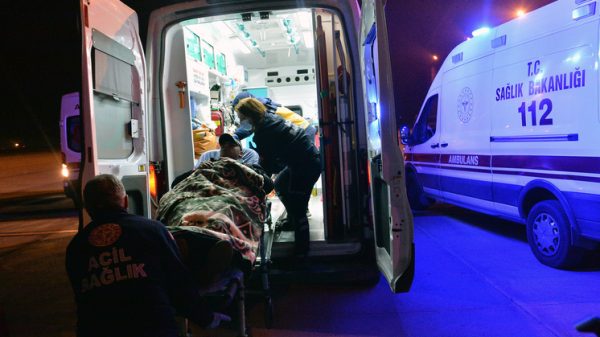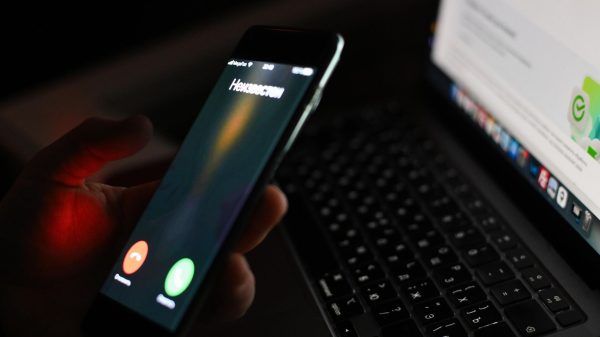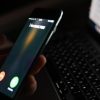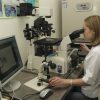Diagnostics could become faster and more effective
A quick and simple snake venom test could tell doctors whether a patient needs antivenom. Scientists have developed a test similar to a pregnancy test to prove the presence of a dangerous poison in the body.

The discovery, published in Scientific Reports None, is » “a truly remarkable step in the diagnosis of poison,” according to biochemist Kalan Maduvage.
About 100 thousand people die every year from snake bites and the same number become disabled. This number could be reduced if doctors could prescribe antidotes more quickly and accurately. But only one test is available, and it doesn't work in areas where snakebites cause the most damage.
Not every snake bite needs to be treated with antivenom. Most snakes in the world are non-lethal, and even those that are do not always inject venom when they bite. Administering antivenom in such cases means risking potentially serious side effects and wasting medication. But when a person really needs treatment, speed is important: with each passing second, the poison's toxins cause more and more damage, increasing the likelihood of disability or death.
In most parts of the world, the only way to determine whether antivenom is needed is to wait for symptoms to appear, Maduvage said. A diagnostic test can confirm the presence of poison in a person's body, regardless of whether they show symptoms, which is a signal to begin treatment.
«This would prevent organ damage as well as hospital stays,» Maduvage emphasizes .
Not all antidotes are the same. In places like Brazil, doctors must choose an antivenom made for the species that bit.
“If you get the wrong antidote, not only can it have side effects, but it simply won’t work,” says Selma Belfakir. But patients with snake bites are often unsure what type of reptile bit them. So doctors try to determine it by symptoms, sometimes helped by a photograph or description of the snake—or its dead body. Even so, identifying snakes is not easy.
That's why the test developed by Belfakir, Knudsen and their colleagues detects a stripe in one place if it's a lancelet (Bothrops) and another if it's a bushmaster (Lachesis)—the two genera responsible for the vast majority of fatal bites in the region. These two snake bites require different antivenoms.
Many quick and easy diagnostic tests use the power of antibodies. Pregnancy tests, for example, contain antibodies that bind to the hormone human chorionic gonadotropin, the level of which rises sharply in human urine after the embryo is conceived. To develop a similar test for snake venom, scientists need antibodies that attach to a molecule found in the venom.
But each snake has its own toxin—there is a mixture of dozens or hundreds of toxins. This makes it difficult to develop a universal test, according to pharmacology professor Shakti Vaiyapuri.
Scientists believe it is easier to conduct regional tests on all the most common snakes in one region. In India, only four species are responsible for the vast majority of snakebites, notes Vaiyapuri, and all four species are treated with the same antivenom. So he's working with ToxiVen Biotech, a company founded by one of his former graduate students, to develop antibodies that detect all four venoms. A similar test would be invaluable in Africa, where the most widely used antivenin can be used against 11 of the region's deadliest snakes. A truly universal test is possible, Vaiyapuri said. Scientists just need to find the right antibodies.
Vayapuri hopes his diagnostic test for Indian snakes will be available by the end of 2024 or early 2025. He plans to develop versions that also identify the species and determine how much venom is present in the sample, which could help in dosing the antidote.
But scientists fear the home version of the test could be “dangerous.” A false negative result can prevent patients from seeking life-saving care when they should.
“If there is a snake bite, it is an absolute medical emergency and they should go to hospital,” experts comment. “We don’t want to change this attitude in snakebite patients.”


























































Свежие комментарии